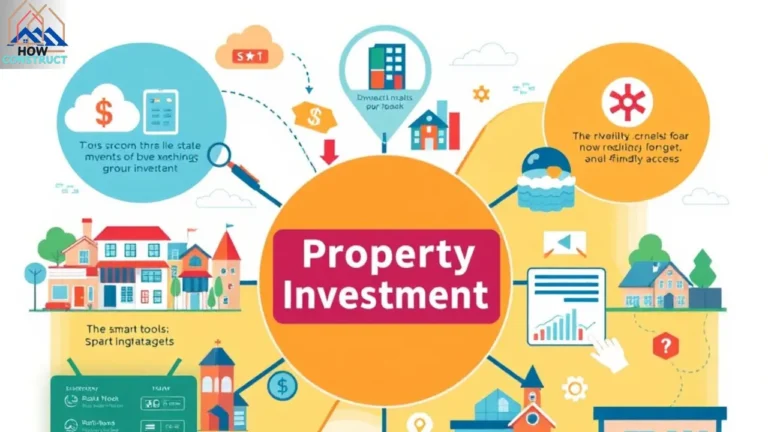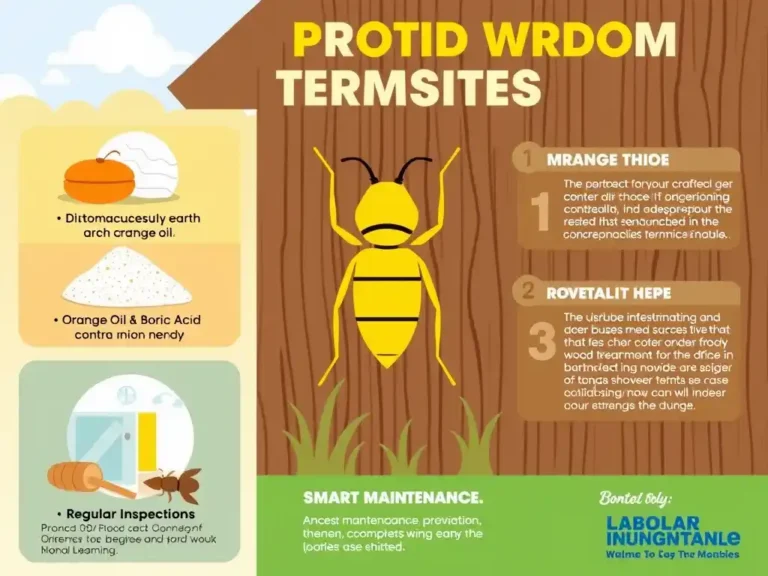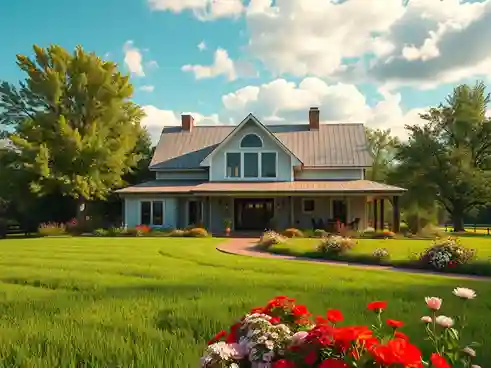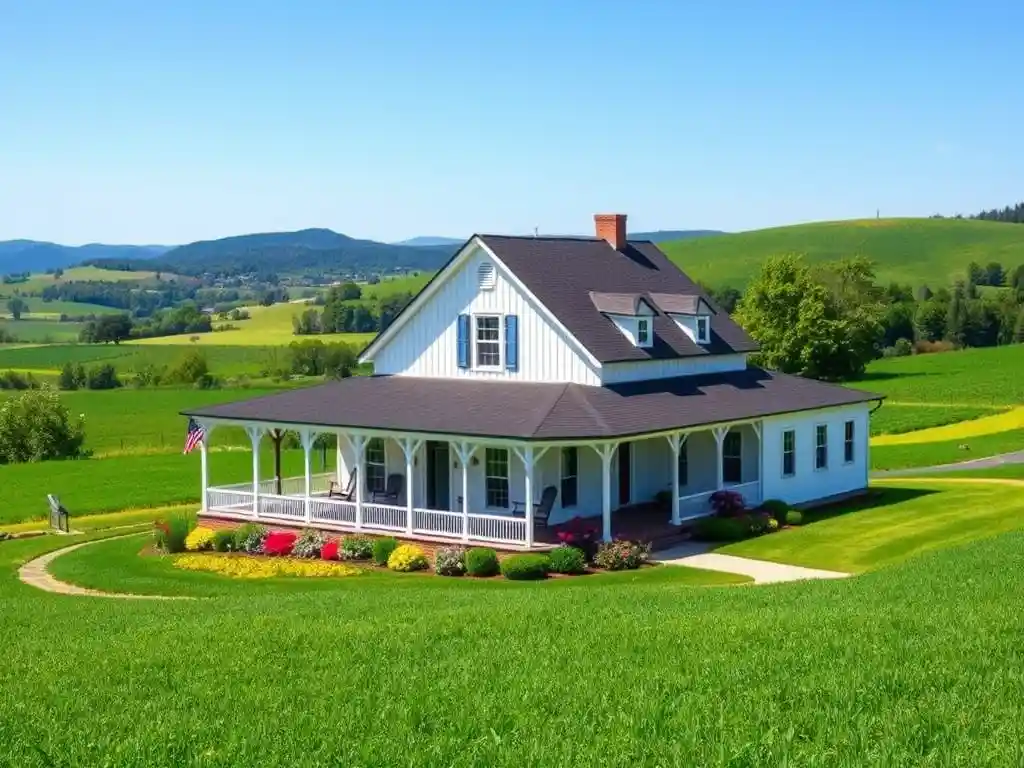Introduction
Greetings to Stardew Valley, where you can change a simple farm field into a prosperous, advantageous industry. One of the most valued equipment in the game is the greenhouse, a precise environs that assents crops to propagate regularly, free from the restrictions of weather and seasons. For many performers, the greenhouse is an innovation-catalyst due to the reason that it agreements for consistent crop production, enlarged profits, and efficient farm administration.
However, simply realizing the greenhouse isn’t sufficient. To actually exploit its prospective, you necessitate to improve the layout, select the best crops, and utilize efficient watering mechanisms. This explanation will assist you synthesize a highly productive greenhouse that maximizes both space and profits while maintaining an aesthetically pleasing layout. Whether you are just starting or are an experienced player, this explanation will give you the knowledge necessitated to chance your greenhouse into a farming powerhouse.
What is the Greenhouse in Stardew Valley?
The greenhouse is a superior covered farming area where you can produce any crop, regardless of the season. Unlike open-air fields, where crops fade at the end of each season, the greenhouse consents plants to continue harvesting indefinitely, making it a key feature for long-term farming success.
Realizing the Greenhouse
To unveil the greenhouse, you must finish the Pantry Bundles in the Community Center, which necessitates specific crops from different seasons. If you select the JojaMart route, you can purchase the greenhouse repair for 35,000g, allowing for immediate access. Once restored, the greenhouse can be taken to plant both regular crops and fruit trees, providing an opportunity for continuous harvests and passive income.
Key Features of the Greenhouse
The greenhouse has several unique features that set it apart from regular outdoor farming. It provides a controlled environment, meaning crops will never die due to seasonal changes. It also eliminates the necessity for replanting seasonal crops, allowing you to harvest indefinitely. The greenhouse is finish protected from weather conditions, meaning there’s no necessitate to worry about rain, storms, or crows destroying your crops. It also offers flexibility in layout, letting players customize their greenhouse with different crop arrangements, sprinkler mechanisms, and decorations.
Why the Greenhouse Matters
The greenhouse is essential for maximizing profits and reducing workload. Due to the reason that crops never die, you won’t necessitate to constantly replant and re-till soil. Instead, you can focus on harvesting and maintaining crops. The greenhouse also consents players to focus on high-value crops that would normally be restricted to a single season, such as Ancient Fruit and Starfruit, leading to consistent, high-income yields throughout the game.
Planning Your Greenhouse Layout
Choosing the Right Crops
Selecting the best crops is essential for maximizing efficiency. The best greenhouse crops are those that make high profits, flourish after harvesting, or necessitate minimal maintenance. Some of the most advantageous options implant Ancient Fruit, which remains making fruit after its initial harvests phase, Starfruit, which retails for high prices and is best taken for wine-making, and Sweet Gem Berries, which have the highest raw selling price but do not harvest.
Optimizing Space
Since the greenhouse has a fixed 10×12 farming space, every tile should be taken effectively. A common plan is to plant fruit trees along the boundaries, since they don’t necessitate ploughed soil and can harvest in plain space. The center area should be steadfast to high-yield crops, arranged in a way that consents for easy access and automated watering.
Balancing Aesthetics and Functionality
A functional greenhouse does not have to be unattractive. Adding pathways, fences, and decorations can make the space more organized and visually appealing. Using stone or wood paths creates clear walkways that prevent accidental crop destruction. Placing decorative elements such as flower pots and torches adds personality to the greenhouse while still maintaining its practical farming purpose.

Best Crops for the Greenhouse
High-Profit Crops
Ancient Fruit is considered the best crop for the greenhouse due to the reason that it harvests continuously and has a high selling price, especially when turned into wine. Starfruit is another top choice due to the reason that it has one of the highest raw selling prices in the game, making it ideal for players focusing on wine production.
Multi-Season Crops
Multi-season crops like Cranberries, Blueberries, and Strawberries are ideal for steady, repeated harvests. These crops continue producing fruit after their first harvest, which reduces the necessitate for replanting and maximizes profits. Coffee Beans are another great choice since they harvest rapidly and can be processed into coffee, which retails well and boosts player speed.
Fruit Trees
Fruit trees are an often-overlooked feature of the greenhouse. Due to the reason that they don’t necessitate ploughed soil, they can be planted along the edges to maximize harvesting space. Apple and Pomegranate trees are particularly valuable due to the reason that their fruit can be taken in Artisan Goods like wine and jelly, increasing their value significantly.
Synthesizing the Perfect Greenhouse Layout
Sprinkler Mechanisms
Automating your greenhouse watering mechanism is crucial for reducing daily labor and increasing efficiency. Iridium Sprinklers are the best option, as they cover a 5×5 area, allowing you to water all crops without manual effort. The best layout places four Iridium Sprinklers strategically to cover the entire ploughed area.
Paths and Decorations
Adding pathways inside the greenhouse assists organize the space, preventing accidental crop destruction while making it easier to navigate. Some players also like to add cosmetic decorations, such as lamps, torches, or small fences, to create a visually appealing space.
Efficient Planting Patterns
Arranging crops in a grid layout ensures easy access for harvesting and maintenance. The best method is to leave a clear path between rows of crops, making it possible to walk through and collect make without damaging plants.
Step-by-Step Explanation to Building Your Greenhouse
Preparing the Space
Once you unveil the greenhouse, clear out any debris and remove unwanted plants before synthesizing your layout. Planning before planting will save time and resources.
Planting and Maintenance
Start by placing your sprinklers first to ensure the best water coverage. Next, plant your selected high-value crops, making sure to leave walking paths for easy access. Regularly check for weeds, as they can spread and interfere with crop harvestth.
Upgrading and Expanding
As you progress, consider experimenting with new crop combinations or adding more fruit trees to increase profits. Investing in kegs or preserves jars can turn harvested crops into artisan goods, significantly boosting earnings.
Conclusion
The greenhouse is one of the most powerful farming equipment in Stardew Valley. It provides a consistent income stream, removes the hassle of seasonal replanting, and consents players to focus on long-term crop management. By choosing the right crops, optimizing space, and using automated mechanisms, players can turn the greenhouse into a advantageous, efficient, and beautiful part of their farm.
With the right strategies, your greenhouse can become your farm’s biggest moneymaker. So, start planning, plant wisely, and enjoy the benefits of year-round farming success!













